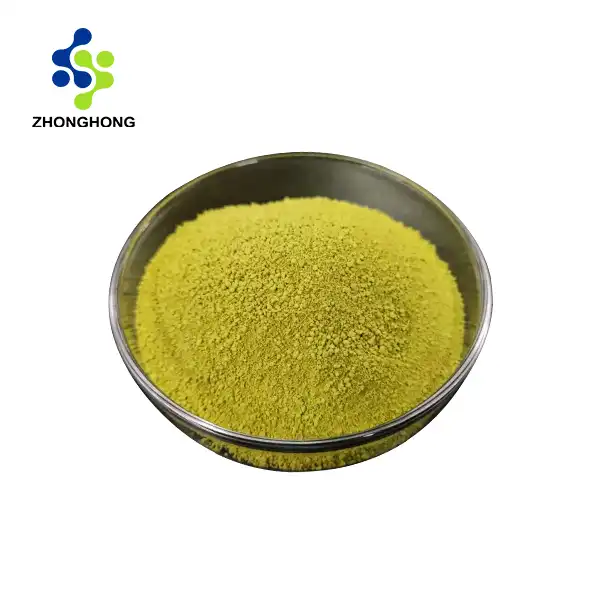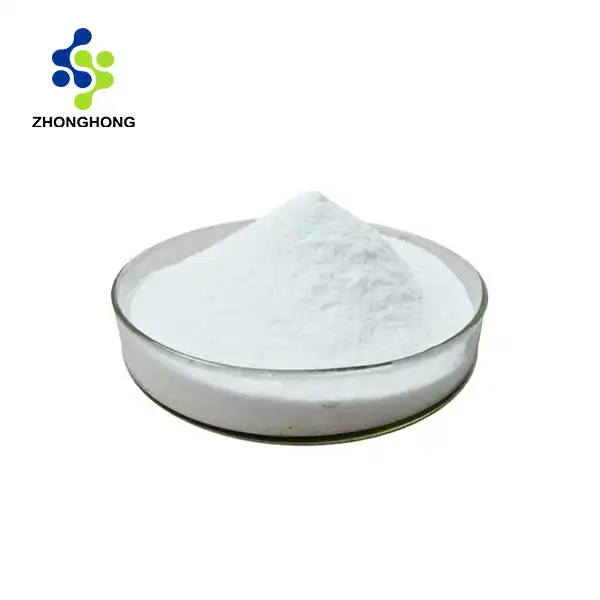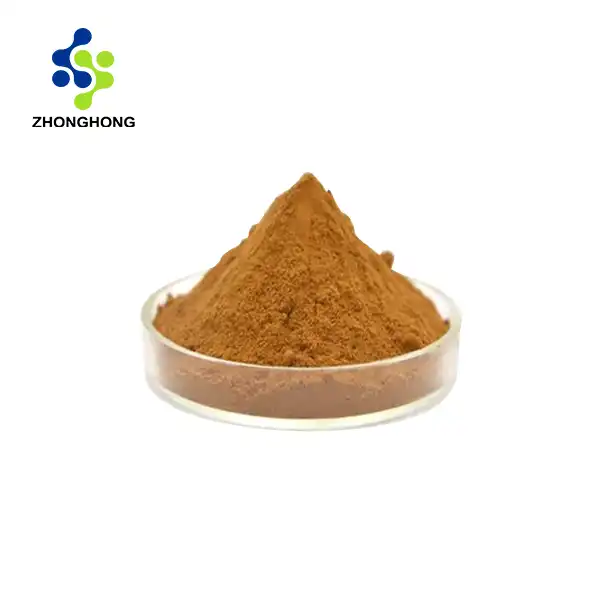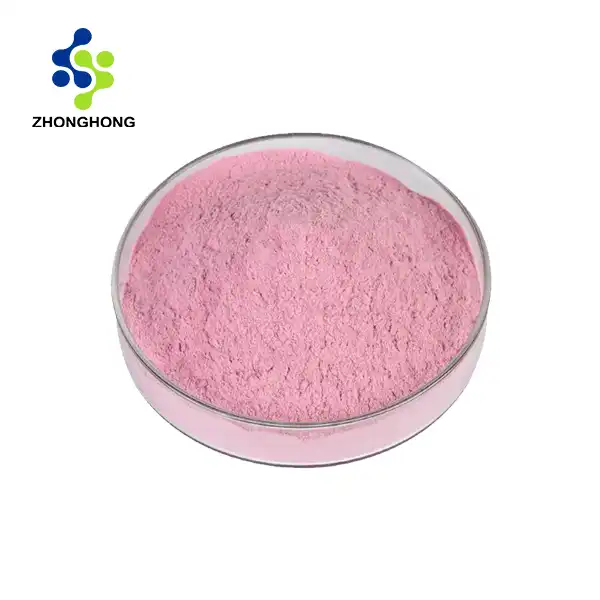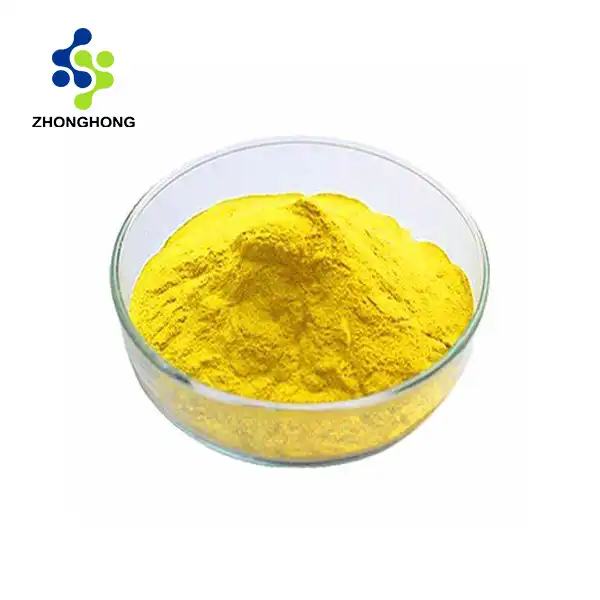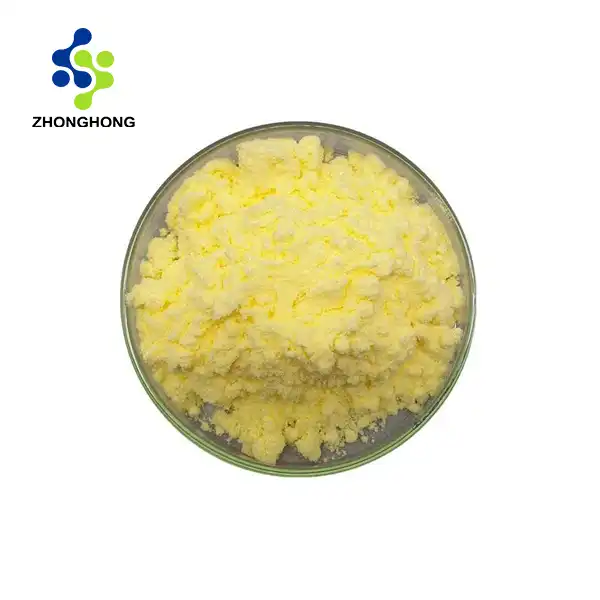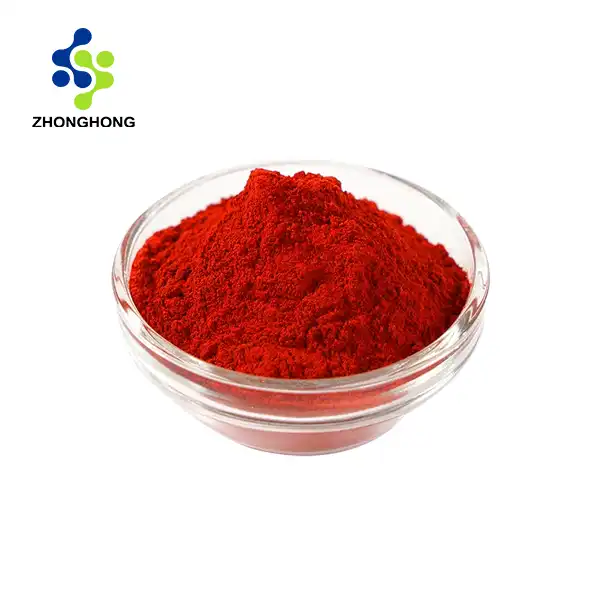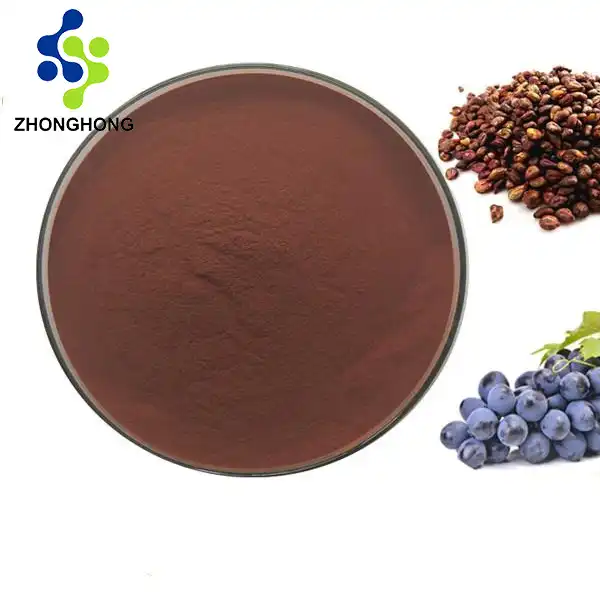What Is Tetrandrine and How Does It Work?
The Origins and Chemical Structure of Tetrandrine
Tetrandrine is a bisbenzylisoquinoline alkaloid primarily extracted from the roots of Stephania tetrandra, a plant commonly used in traditional Chinese medicine. This compound has a complex chemical structure that contributes to its diverse biological activities. The unique molecular arrangement of tetrandrine allows it to interact with various cellular components, influencing multiple physiological processes.
Mechanism of Action in the Body
The primary mechanism of action for tetrandrine involves its ability to block calcium channels. This property enables it to modulate various cellular functions, including muscle contraction, neurotransmitter release, and cell signaling pathways. Additionally, tetrandrine has been shown to influence other molecular targets, such as potassium channels and certain enzymes, further expanding its potential therapeutic applications.
Absorption and Metabolism
When consumed, tetrandrine is absorbed through the gastrointestinal tract and metabolized primarily in the liver. Its bioavailability and half-life can vary depending on the route of administration and individual factors. Understanding the pharmacokinetics of tetrandrine is crucial for determining appropriate dosages and potential drug interactions.
The Health Benefits of Tetrandrine You Need to Know
Anti-inflammatory and Antioxidant Effects
One of the most well-documented benefits of tetrandrine is its potent anti-inflammatory and antioxidant properties. Research has shown that tetrandrine can inhibit the production of pro-inflammatory cytokines and reduce oxidative stress in various cellular models. These effects may contribute to its potential in treating chronic inflammatory conditions and oxidative damage-related disorders.
Cardiovascular Health
Tetrandrine's calcium channel blocking activity has led to investigations into its potential cardiovascular benefits. Studies have suggested that tetrandrine may help regulate blood pressure, improve heart function, and protect against certain types of arrhythmias. While more research is needed, these findings highlight the compound's promise in cardiovascular health management.
Anticancer Potential
Perhaps one of the most exciting areas of tetrandrine research is its potential anticancer properties. Numerous studies have demonstrated that tetrandrine can inhibit the growth and spread of various cancer cell types, including lung, breast, and liver cancer cells. The compound appears to work through multiple mechanisms, such as inducing apoptosis (programmed cell death), inhibiting angiogenesis (formation of new blood vessels), and enhancing the effectiveness of certain chemotherapy drugs.
Potential Side Effects and Safety Precautions
Common Side Effects
While tetrandrine shows promise in various therapeutic applications, it's essential to be aware of potential side effects. Common side effects may include dizziness, headache, and gastrointestinal discomfort. These effects are generally mild and transient, but it's important to consult with a healthcare professional if they persist or worsen.
Drug Interactions and Contraindications
Due to its calcium channel blocking activity, tetrandrine may interact with other medications that affect cardiovascular function. It's crucial to inform your healthcare provider about all medications and supplements you're taking before using tetrandrine. Additionally, pregnant or breastfeeding women should exercise caution, as the safety of tetrandrine in these populations has not been thoroughly studied.
Dosage and Administration
The appropriate dosage of tetrandrine can vary depending on the intended use and individual factors. Currently, there are no standardized dosing guidelines for tetrandrine supplements. It's essential to follow the recommendations of a qualified healthcare professional or the instructions provided by reputable manufacturers. Starting with a lower dose and gradually increasing it under medical supervision can help minimize the risk of adverse effects.
Conclusion
Tetrandrine, with its diverse range of potential health benefits, represents an exciting frontier in natural compound research. From its anti-inflammatory properties to its promising anticancer potential, tetrandrine offers a wealth of possibilities for future therapeutic applications. However, as with any bioactive compound, it's crucial to approach its use with caution and under proper medical guidance. If you want to get more information about this product, you can contact us at liaodaohai@gmail.com.
_1728976869676.webp)
